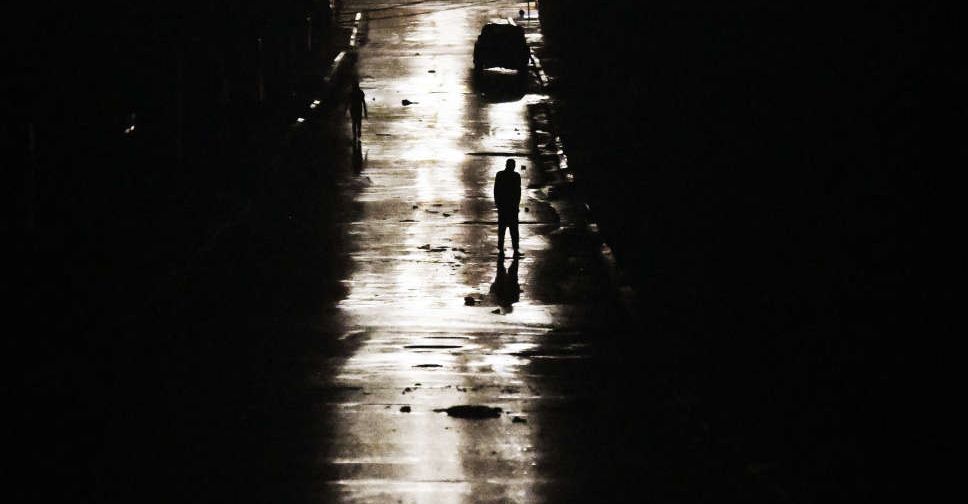
Cuba's national electrical grid collapsed on Wednesday as Hurricane Rafael made landfall on the island's southwest coast, bringing powerful winds of 185 kph and causing widespread devastation.
The storm, which was situated about 45 miles southwest of Havana late in the afternoon, lashed the capital city with heavy rain and violent gusts of wind.
The Miami-based National Hurricane Center (NHC) issued warnings of life-threatening conditions, including storm surges, hurricane-force winds, and flash flooding, for much of western Cuba.

Havana, with a population of nearly two million, remained under a hurricane warning as the storm intensified.
Cuba's state-run grid operator, UNE, confirmed that the high winds had caused the collapse of the country's electrical system.
State-run media reported that the entire population of approximately 10 million people was left without power — the second such massive outage in less than a month.
The ongoing crisis exacerbates Cuba's already strained infrastructure, as the island grapples with both the impact of natural disasters and economic hardships.
As Hurricane Rafael continues to move across the region, authorities are bracing for more damage, with efforts underway to assess the full scale of the destruction.



 Former US VP Dick Cheney dies at 84
Former US VP Dick Cheney dies at 84
 Trump threatens to cut funds for New York City if Mamdani wins mayoral race
Trump threatens to cut funds for New York City if Mamdani wins mayoral race
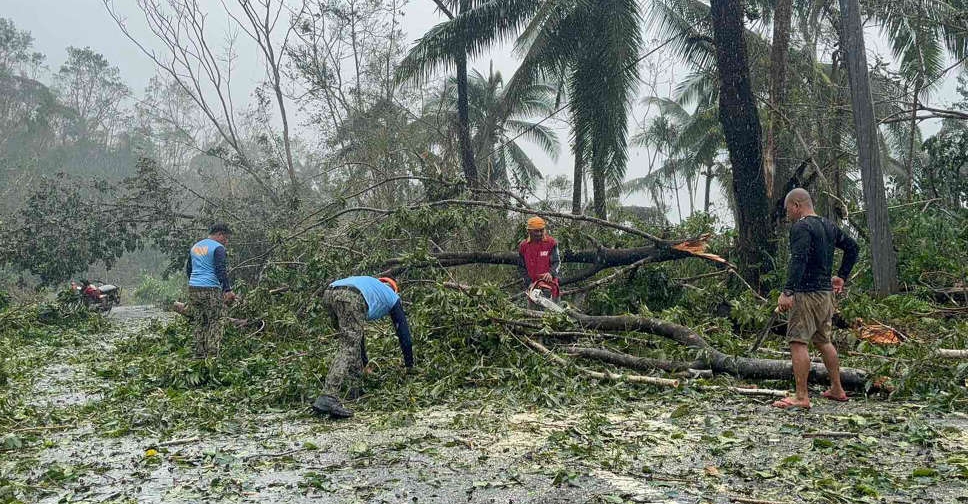 Death toll from Typhoon Kalmaegi rises in the Philippines
Death toll from Typhoon Kalmaegi rises in the Philippines
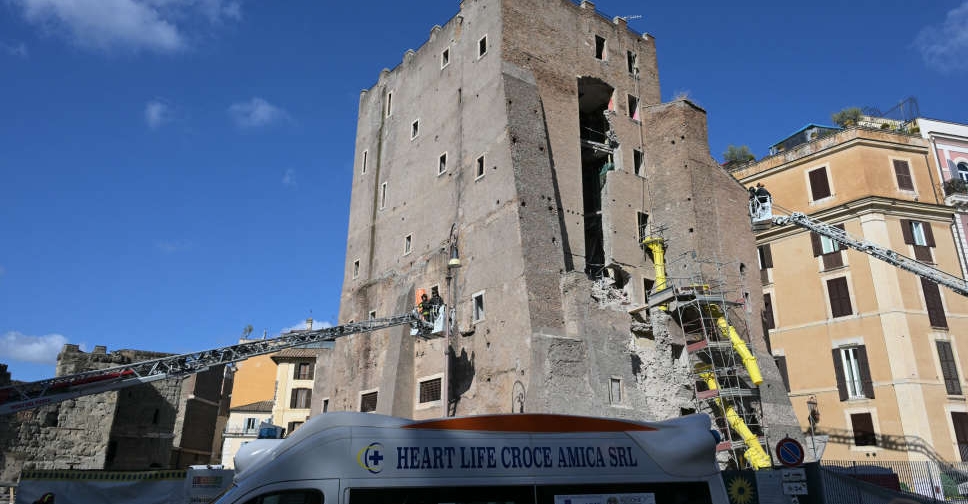 Worker trapped under collapsed medieval tower in Rome dies
Worker trapped under collapsed medieval tower in Rome dies
 Saudi Crown Prince bin Salman to visit Trump in White House
Saudi Crown Prince bin Salman to visit Trump in White House
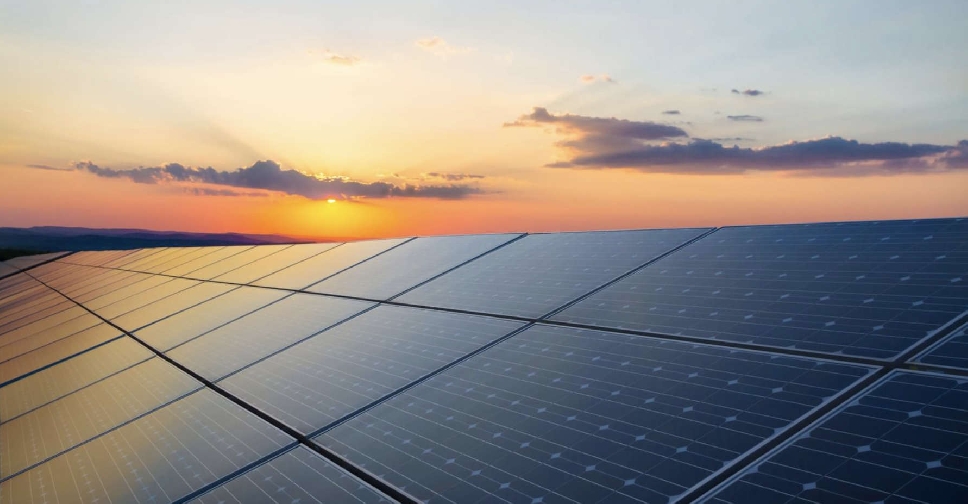 Australia to offer three hours free solar power daily to millions
Australia to offer three hours free solar power daily to millions
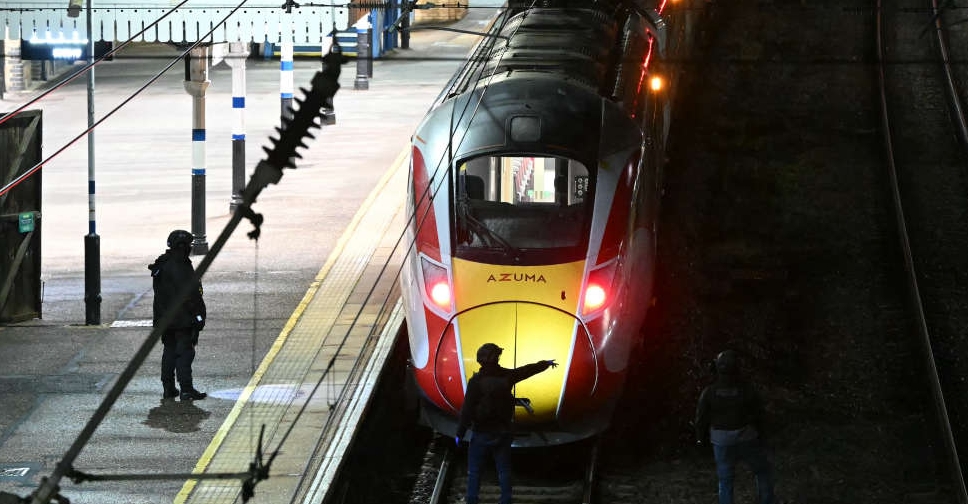 Man charged with 10 counts of attempted murder after knife attack on UK train
Man charged with 10 counts of attempted murder after knife attack on UK train
 Tanzania's Hassan sworn into office after deadly election violence
Tanzania's Hassan sworn into office after deadly election violence




